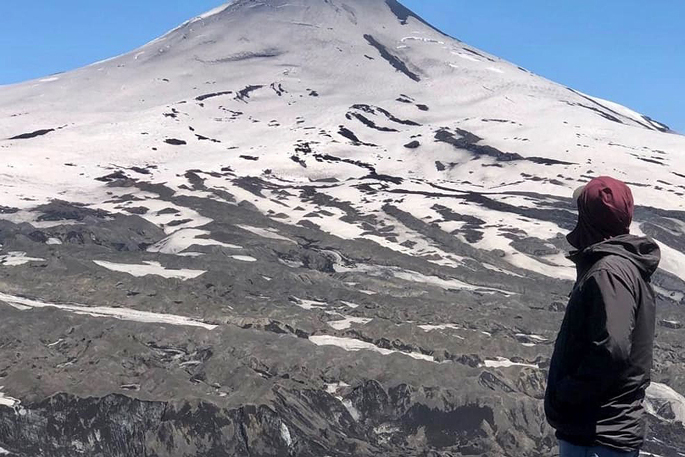The Whakaari/White Island tragedy has led scientists to develop an eruption predictor tool using AI, which they hope will prevent another fatal volcanic disaster.
Twenty-two people were killed and 45 injured when the volcano erupted off the coast of Whakatane in 2019.
In the years since, an international study led by a University Canterbury team has been developing a "new generation" AI tool to forecast eruptions.
According to engineer Dr Alberto Ardid, "To help us to identify in real time and prevent what happened on Whakaari."
Ardid said the AI tool was fed 20 years' worth of seismic data recorded from 41 volcanic eruptions across the globe including from Whakaari, Tongariro, and Ruapehu in New Zealand.
The seismic tools were the same as those used to measure earthquakes, Ardid said, but near a volcano the recorded shaking typically related to subsurface volcanic activity such as magma movement, which could be a precursor to an eruption.
"When you train these machine learning models you want to use volcanoes that have a lot of eruptions recorded ... because you need to train them with examples of the stuff that you want them to recognise in real time.
"In that sense, the New Zealand volcanoes are quite exceptional, especially Whakaari - it's super active, we have great records from [monitoring organisation] Geonet."
Study co-lead associate professor David Dempsey and volcanologist Ben Kennedy said the tool was challenging the idea that eruption warning signs were unique to individual volcanoes, which meant patterns identified at data-rich volcanoes could be used to predict eruptions at volcanoes that were data-poor, such as Mount Taranaki.
Ardid said the priority now was figuring out a rollout in New Zealand and internationally to improve safety for the millions of people who live within 10 kilometres of a volcano.
He said the goal was that organisations, such as GNS, could use it to complement their own monitoring.
"So they can potentially make more timely decisions or decisions that will potentially save lives."
The research project was a collaboration with University of Auckland Professor Shane Cronin, along with 18 international researchers from nine countries.



0 comments
Leave a Comment
You must be logged in to make a comment.